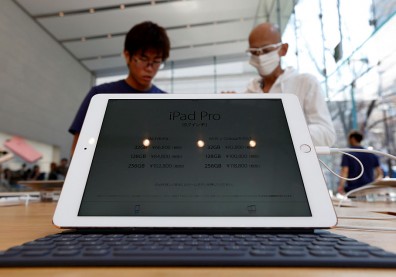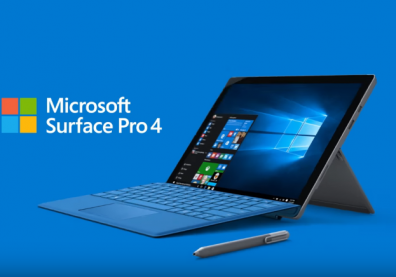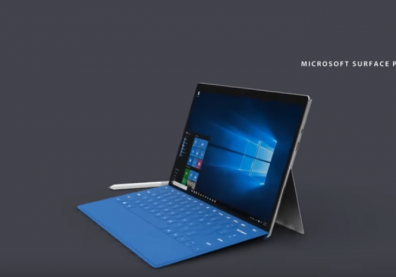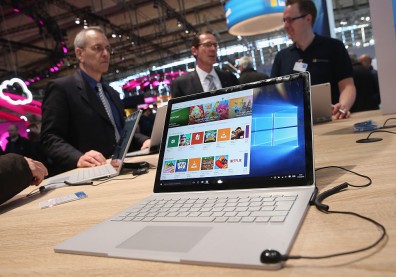The Surface Pro is the first generation 2-in-1 detachable device manufactured and designed by Microsoft. Rumors say that Microsoft is gearing up for the release of Surface Pro 5 but, sadly, the tablet will likely be released on 2017. Nevertheless, the tablet is said to have the Intel's next-gen Kaby Lake chipset.
The Surface Pro 5 is supposed to be released this June but, as Tech Times reported, Intel confirmed that it would be releasing the next-gen Kaby Lake processor by the end of 2016. But, because the device did not debut in June, Microsoft has opted to go ahead of Kaby Lake powered Surface Pro 5, and the tablets will be released next year instead.
However, according to the The Country Caller, the previous Surface devices of Microsoft might not have been the best. However, both Surface Book and Surface Pro 4 managed to attract attention with their elegant design. Will Microsoft Surface Pro 5 break the curse?
Additionally, Surface Book and Surface Pro 4 are built with Magnesium, which could be the same case for their next generation models such as the Microsoft Surface Pro 5. The built quality of both was decent, but the hinges on the devices were questionable and this is where Microsoft could look to improve in their next generation models.
According to the rumors, Microsoft Surface Pro 5 is expected to feature the same display as its predecessor had. However, the upcoming device will improve the resolution of the display screens. Surface Pro 5 could feature 4K displays that will make high-definition videos a treat to watch out for.
Moreover, Surface Pro 5 will be offering top of the line hardware to users. The upcoming Surface Pro 5 will definitely offer the latest Intel Kaby Lake processor that will drastically improve the processing power as compared to its predecessors. The efficiency of the Intel Kaby Lake processor will ensure that the Surface Pro 5 battery life will be maximized.
The Microsoft Surface Pro 5 is scheduled to be released this fall. However, Microsoft has bigger plans for the hybrid tablet. So, it is expected to launch in early 2017, which means that they will run on the upcoming Windows 10 Redstone 2 operating system.










